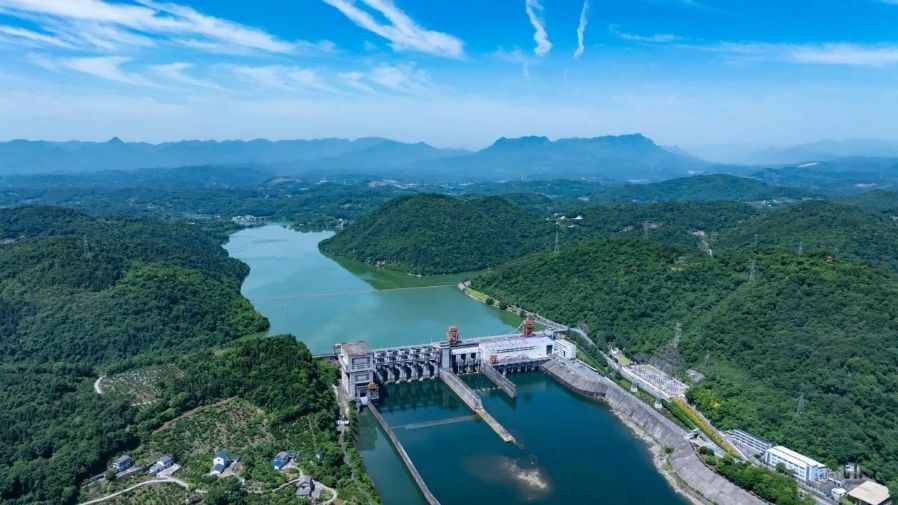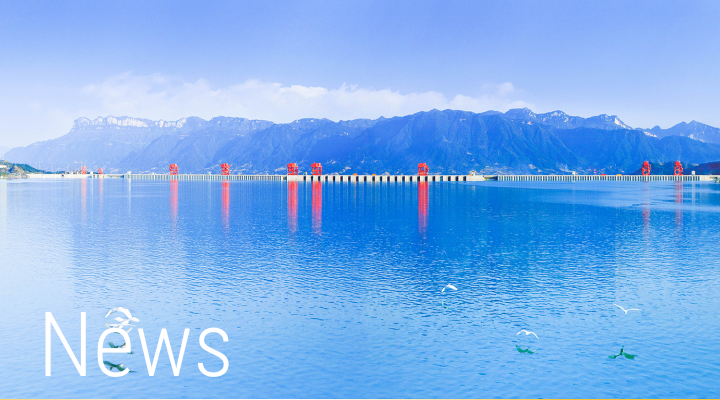Qingjiang cascade hydropower stations ensure safe operation of central China's power grid during peak loads
Date: 2024-08-21

Many regions in China are currently experiencing continuous heatwaves, resulting in?an increase in electricity consumption. Since June, the cascade hydropower stations?along the Qingjiang River in central China's Hubei Province, operated by CTG, have delivered about 2.26 billion kilowatt-hours of clean energy to the power?grid?of China's central regions.?This output is equivalent to saving approximately 693,400 tonnes of standard coal and cutting carbon emissions by around 1.9?million tonnes.
The Qingjiang River, a major tributary of the Yangtze?River, merges with the Yangtze River in?Yichang?city, Hubei Province. Comprising the Shuibuya, Geheyan, and Gaobazhou plants, the Qingjiang cascade hydropower stations boast a total installed capacity of about 3.32 million kilowatts. While ensuring safe and stable operation of the?power grid of?central China during peak loads, these stations also contribute to public welfare and provide comprehensive benefits.
In July, the Shuibuya Reservoir recorded its highest flood peak of the year, with an inflow rate of 6,420 cubic meters per second. In response, the Qingjiang cascade reservoirs stored approximately 690 million cubic meters of floodwater, reducing the peak flow by about 5,500 cubic meters per second and achieving an 85.8-percent?reduction rate.
This approach optimized floodwater resource use, eased flood control pressure in downstream areas, and ensured sufficient reserves for peak power demand.?
?
All Copyrigh
By China Three Gorges Corporation
Reprinting or mirroring is strictly prohibited without written authorization,
and offenders will be held liable.















